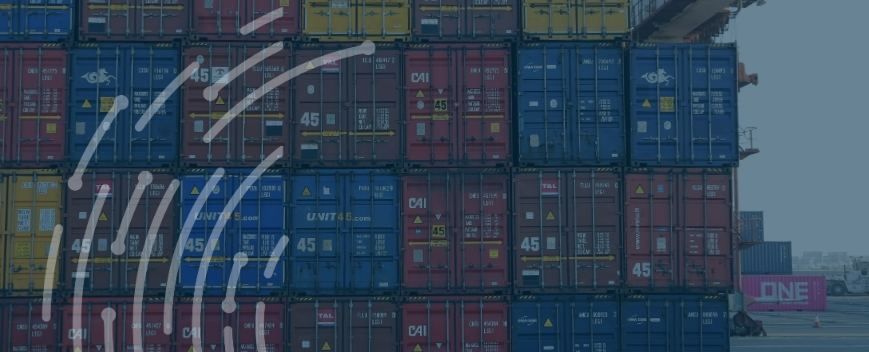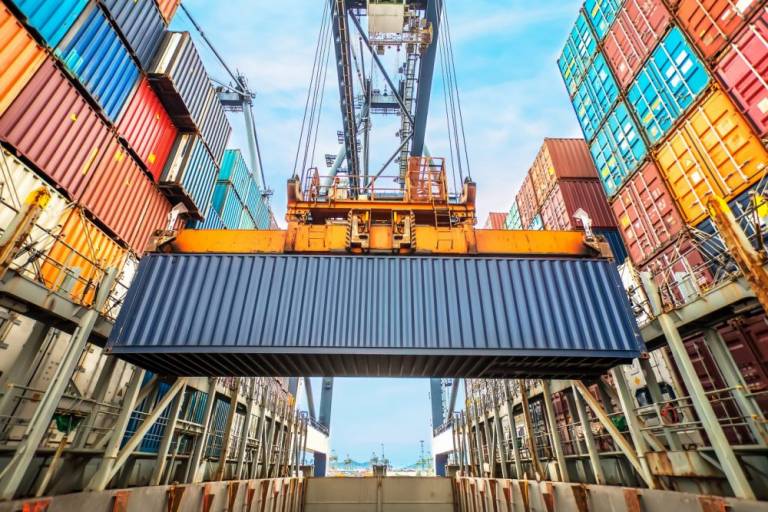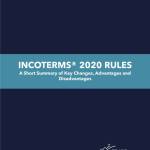What are Inbound Logistics?

Access trade, receivables and supply chain finance
We assist companies to access trade and receivables finance through our relationships with 270+ banks, funds and alternative finance houses.
Get StartedContents
Inbound logistics is the process of movement of materials and goods from an outside source into a company. During this process, supplies are ordered, received, stored, transported, and managed. The focus of inbound logistics is the supply aspect of the supply-demand equation, following a product from its source to its end destination at the importing company.
Traders around the world, whether they are trading toys or soya beans, all come across the same inbound logistical challenges when exporting their products abroad – from navigating documentation to dealing with demurrages and maritime insurance.
In a trade cycle, inbound logistics is the way that goods are transported and stored when in transit, such as on trucks, ships, in warehouses or using air carriers: essentially, inbound logistics focuses on the transportation and storage of incoming goods.Ultimately, the efficiency of the logistics and path to the end buyer is key in creating a successful trade.
Outbound logistics
Outbound logistics is the flip side of that, looking at the storage, transportation and dissemination of goods being exported instead of imported.

Liability and cost in inbound logistics
In transportation contracts, it is important to understand who is liable to take the financial burden while the good is in transit between a seller and buyer and who is responsible for any damage which occurs in transit at various points.
Liability and cost are key when understanding the Incoterms, the shipping terms that the importer, exporter, and transport companies have agreed to. For example, a agreeing that a carriage is Free on Board (FOB) terms of shipping means that the buyer takes on the burden for the costs of shipping following the point of shipment loading (or another point that the seller and buyer have agreed to); there are many similar variations of agreements that importers and exporters can come to, all to ensure the risk and financial burden in a trade transaction is shared fairly.
Examples of inbound logistics
Materials purchasing, receiving, and reverse logistics are all examples of inbound logistics.
Generally the better the inbound logistics are managed, the more efficient the process usually is.
A supply chain may be fully integrated and companies will attempt to synchronize their outbound and inbound logistics with automatic ordering and order-fulfillment systems to optimize their cashflow and increase production efficiency
Larger companies will often make an effort to further improve inbound logistics efficiency through fleets of vehicles and drivers, carefully timed contracts and deliveries, and the use of shipping management software to streamline their operations.
Why inbound logistics are critical to running a profitable business
Inbound logistics is essentially the process of getting things into your company.
This is crucial no matter what business you run: businesses selling goods need to get raw materials to sell to customers, while service providers need supplies to keep operations running smoothly.
All of this falls under the umbrella of inbound logistics and is crucial to keeping things moving in the business world.
Testimonials
We were bringing in agri commodities from Eastern Europe and taking into store in the UK. This consisted of a number of warehouses and we needed to manage the logistics process; as the products moved into store and were taken by the end buyers throughout a number of months following each shipment. We required assistance from Trade Finance Global on breaking down the shipment time lines, the documents that were to be produced at each stage and how financing was to be structured; being pre-export, cash against documents, borrowing base and receivables finance.
– James K, Agri Trader
Case Study

Equipment Distributor
Many companies find it easy to produce their product and receive a purchase order. However, the end to end process and financing this is of utmost importance. Having oversight in relation to the process from the suppliers factory to the end buyer is necessary; so that product is not impaired or lost and both parties expectations are managed. An example of this is a grain trader who brings product from Russia to Brazil and needs to manage pick up on truck, goods loaded on sea, offloading into warehouse and picked up in separate batches due to an off-take schedule. This is all part of managing the logistics of taking the goods to the end buyer.
- All Topics
- Key Terms
- Incoterms Resources
- Podcasts
- Videos
- Conferences















